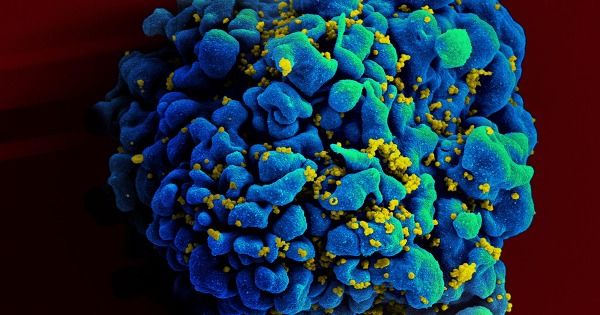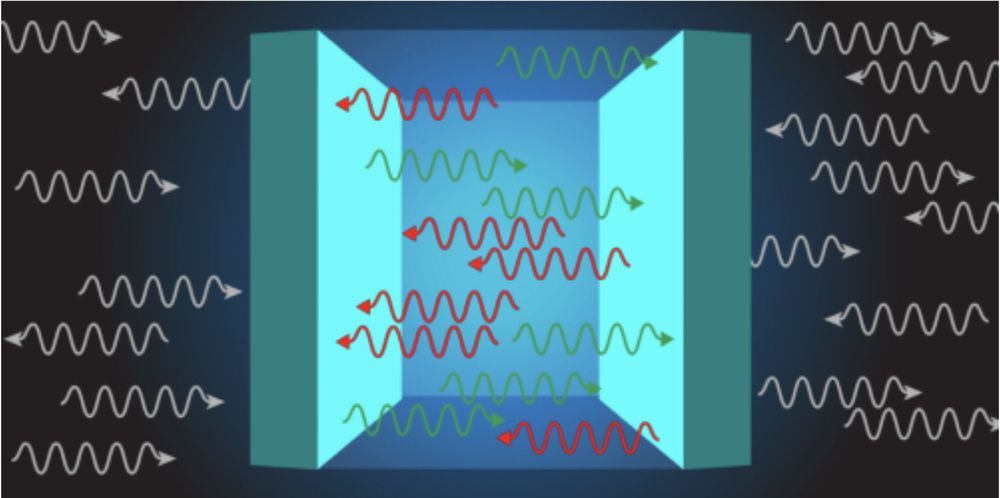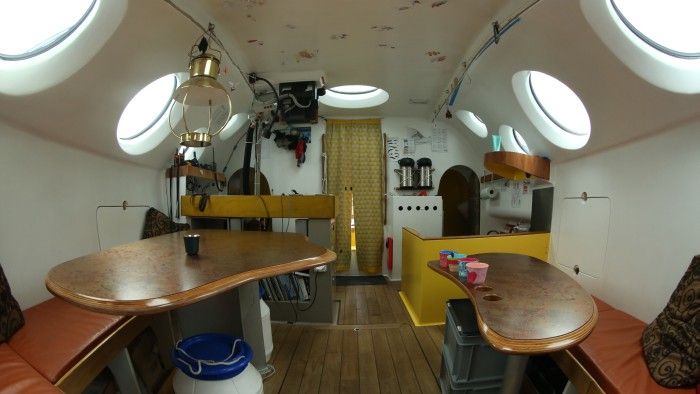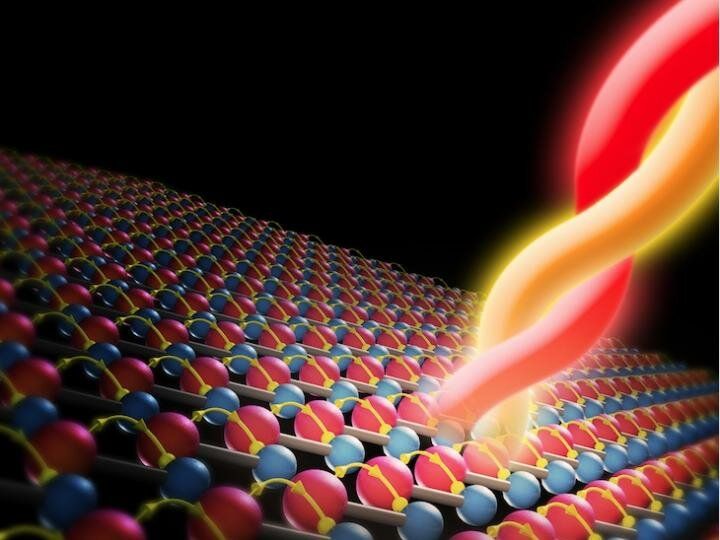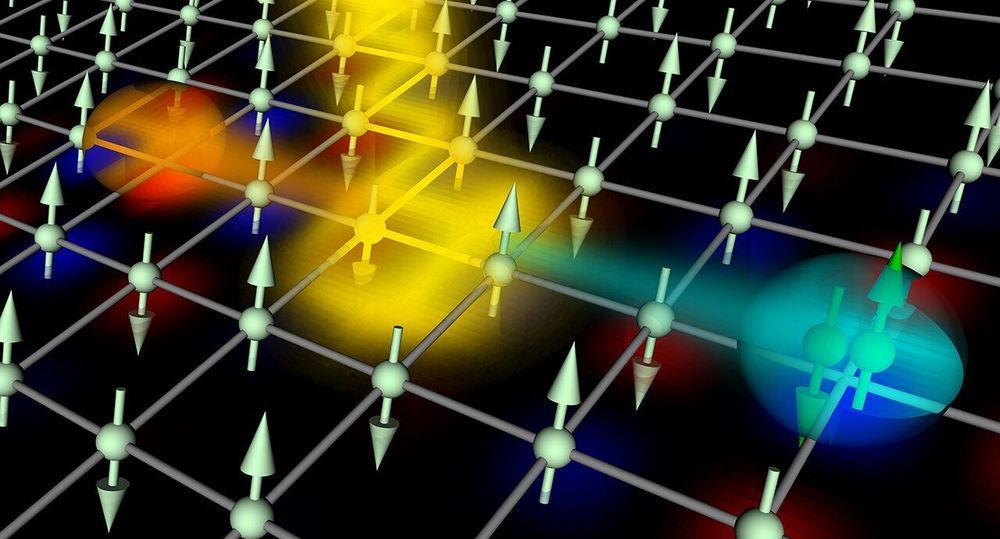Page 8145
Mar 5, 2019
The force is with us, always? Tuning quantum vacuum forces from attractive to repulsive
Posted by Quinn Sena in categories: quantum physics, weapons
The force is strong not only in Star Wars lore but also as a fundamental property in physics. For example, scientists can put two uncharged metal plates close together in a vacuum, and “voila!” —-they will attract each other like Luke Skywalker and his trusted lightsaber.
In 1948, Dutch theoretical physicist Hendrick Casimir first predicted an attractive force responsible for this effect—later dubbed the Casimir effect. A half-century later, in 1996, the Casimir force was experimentally measured for the first time by Steve Lamoreaux at Los Alamos National Laboratory.
But just like the light and dark side of the force in Star Wars, scientists have wondered, can there be an equal yet opposite kind of Casimir force?
Mar 5, 2019
Tens of billions of potentially habitable, Earth-size planets in our galaxy, say astronomers
Posted by Quinn Sena in category: space
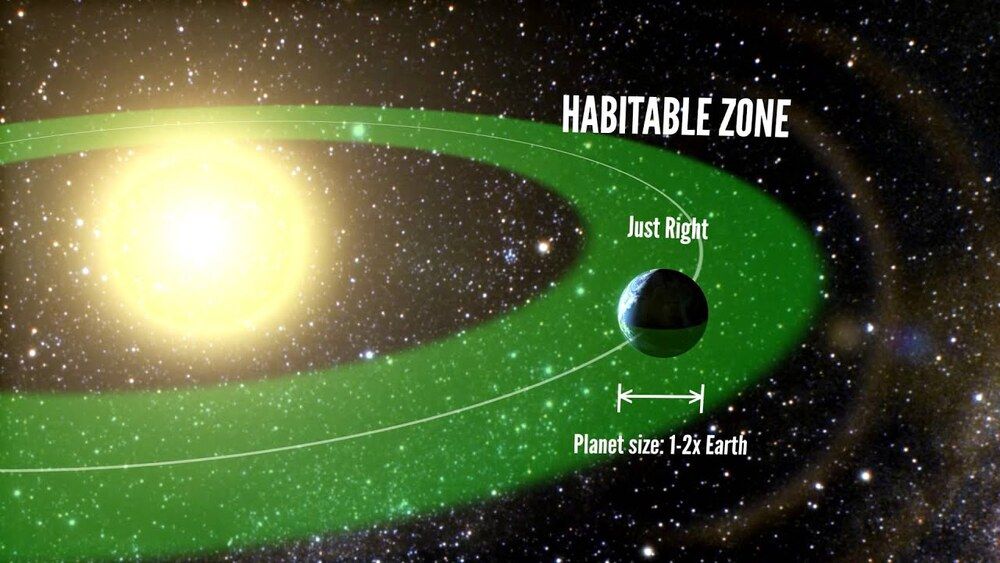
Circa 2013
Enlarge | + 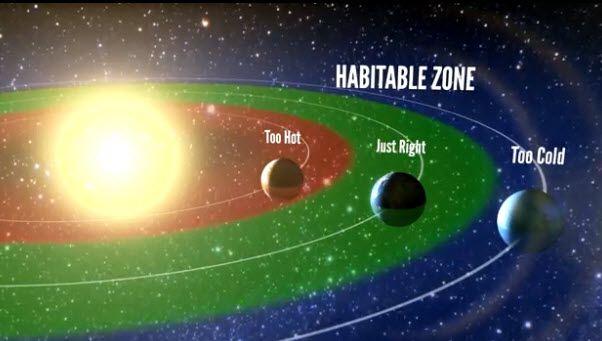
Mar 5, 2019
Igloo : The Passive Igloo Project
Posted by Quinn Sena in categories: climatology, habitats, sustainability
Abstract
The aim of the passive igloo project is to explore the possibilities of creating an ecological and self-sufficient habitat by using sound constructive measures and renewable energy resources to guarantee thermal comfort in the most severe cold climates.
The passive igloo is a self-sufficient housing module built into a polar exploration sailboat to accommodate a crew of 2 to 6 people in conditions of severe cold to live and work. In order to test the passive igloo, the boat was voluntarily trapped in the ice in North West Greenland during the winter of 2015–2016 and monitored during the 10 months of ‘stationary navigation’.
Mar 5, 2019
Startup Says Its Electric Car Charges to 80 Percent in 5 Minutes
Posted by Quinn Sena in categories: sustainability, transportation
Porsche made headlines for a battery it says can be charged with 400 kilometers (250 miles) of range in 15 minutes. If Piëch’s claims about a 4:40 charge hold up, Engadget pointed out, they’ll blow Porsche’s technology out of the water.
“We have developed a sports car that we ourselves would like to buy, and we talked for a long time to many enthusiasts about what was missing on the market,” co-founder Toni Piëch said in the press release. “We want to offer a modern classic that isn’t subject to consumer cycles. The driver of this sports car should enjoy any minute they can spend in the car.”
READ MORE: Piëch’s electric coupe charges to 80 percent in five minutes [Engadget] .
Mar 5, 2019
Chirality yields colossal photocurrent
Posted by Quinn Sena in categories: biotech/medical, materials
A recently discovered Weyl semimetal delivers the largest intrinsic conversion of light to electricity of any material, an international team lead by a group of Boston College researchers reports today in the journal Nature Materials.
The discovery is based on a unique aspect of the material where electrons can be separated by their chirality, or handedness—similar to DNA. The findings may offer a new route to efficient generation of electricity from light, as well as for thermal or chemical sensing.
“We discovered that the Weyl semimetal Tantalum Arsenide, has a colossal bulk photovoltaic effect—an intrinsic, or non-linear, generation of current from light more than ten times larger than ever previously achieved,” said Boston College Associate Professor of Physics Kenneth Burch, a lead author of the article, titled “Colossal mid-infrared bulk photovoltaic effect in a type-I Weyl semimetal.”
Mar 5, 2019
Light pulses provide a new route to enhance superconductivity
Posted by Quinn Sena in categories: energy, mathematics
Under normal electron band theory, Mott insulators ought to conduct electricity, but they do not due to interactions among their electrons. But now, scientists from the RIKEN Cluster for Pioneering Research have shown that pulses of light could be used to turn these materials beyond simple conductors to superconductors—materials that conduct electricity without energy loss. This process would happen through an unconventional type of superconductivity known as “eta pairing.”
Using numerical simulations, the researchers found that this unconventional type of conductivity, which is believed to take place under non-equilibrium conditions in strongly correlated materials such as high-Tc cuprates and iron-pnictides, arises due to a phenomenon known as eta pairing. This is different from the superconductivity observed in the same strongly correlated materials under equilibrium conditions, and is thought to involve repulsive interactions between certain electrons within the structure. It is also different from traditional superconductivity, where the phenomenon arises due to interactions between electrons and vibrations of the crystal structure, inducing mutual interactions between electrons through vibrations and thus overcoming the repulsion between the electrons.
Thirty years ago, the mathematical physicist Chen-Ning Yang originally proposed the idea of eta-pairing, but because it was a purely mathematical concept, it was understood as a virtual phenomenon that would not take place in the real world. But for the present study, the researchers used non-equilibrium dynamics to analyze the effect of pulses of light on a Mott insulator, and found that the effect would in fact happen in the real world. “What is interesting,” says first author Tatsuya Kaneko, a postdoctoral researcher at the RIKEN Cluster for Pioneering Research, “is that our calculations showed that this takes place based on the beautiful mathematical structure that Yang and his followers formulated so many years ago.”
Mar 5, 2019
“Holy Herb” Shows Promise as Alzheimer’s Treatment
Posted by Quinn Sena in categories: biotech/medical, neuroscience
Mar 5, 2019
Journalists Reported a News Story Using Machine Learning
Posted by Quinn Sena in categories: robotics/AI, transportation
Quartz’s Lyft story isn’t the most groundbreaking work of journalism in the world, but it’s an interesting proof of concept about how reporters can leverage new tools to pull interesting takeaways from otherwise dry public records — and, perhaps, a preview of things to come.
“This is taking [data journalism] to the next level where we’re trying to get journalists comfortable using computers to do some of this pattern matching, sorting, grouping, anomaly detection — really working with especially large data sets,” John Keefe, Quartz’s technical architect for bots and machine learning, told Digiday back when the Quartz AI Studio first launched.
READ MORE: Here’s what Lyft talks about as risk factors that other companies don’t [Quartz].
Mar 5, 2019
Record-breaking device uses sunlight to produce hydrogen at 15% efficiency
Posted by Genevieve Klien in category: futurism
After a decade of research, scientists at KU Leuven in Belgium have developed a device that can uses sunlight to produce a record-breaking 250 liters (66 gal) of hydrogen a day.
